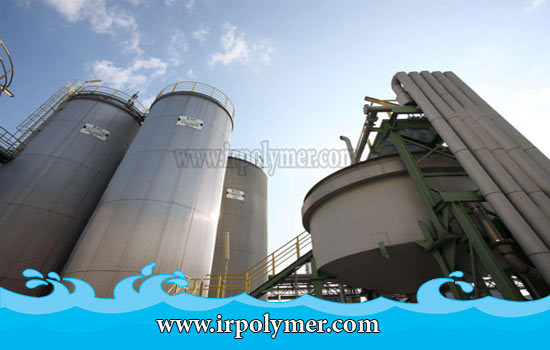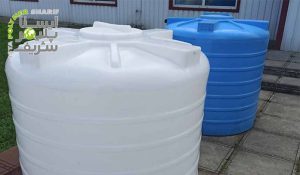Polymeric Sealant for Tanks is a critical topic in today’s context, and its importance has grown significantly. This article from ABtank discusses this subject. Sealing tanks is essential to prevent liquid leakage or the entry of various gases. Different types of sealants must be used in concrete tanks or the seams of metal tanks and galvanized tanks. Additionally, sealants can be used for minor repairs to tanks.
Sealants made from mineral materials, bitumen, or tar have low application speeds and can release harmful gases during application. Therefore, we need a solution that increases application speed and minimizes environmental problems. Polymeric sealants such as acrylics, polyurethane coatings, epoxy coatings, and grouts like epoxy, as well as powder polymeric insulations, are options for sealing tanks.
Elastic Polymeric Sealant for Tanks
Another type of sealant is the elastic polymeric coating. These coatings, which are solvent-free, do not have environmental issues. When mixed with water and concrete, they quickly penetrate gaps and pores on a molecular level. The adhesive properties of the polymer resin make them suitable for securely sealing tanks. Polymeric sealants for tanks prevent water infiltration and leakage due to the inherent water-repellent properties of the polymer.
It is easy to apply and dries quickly. However, it is essential to ensure the correct and optimal amount of adhesive or powder polymeric materials and fillers in the mortar and to mix them thoroughly. The underlying surface must be completely clean and free of dust and grease. Elastic sealants for tanks are also a type of polymeric material. They contain a polymer component such as acrylic, along with fillers and silica. They are usually available in gray and white, with the largest particle size being 0.4 mm. They typically have a pH range between 7 and 10, with water absorption less than 2%. Their operational temperature range is between -20°C and +80°C.
Features of Polymeric Sealants for Tanks
This type of polymeric sealant has the following characteristics:
- Seals up to 7 bar pressure
- Flexible
- Excellent adhesion to underlying surfaces
- Non-toxic
- Resistant to chloride ion penetration
Surface Preparation and Application of Polymeric Sealant for Tanks
- The surface must be completely clean and free of contaminants. It should be slightly damp, but no standing water should be present.
- In the presence of significant gaps, they should be repaired with elastic repair mortar.
- Polymeric resin, fillers, or auxiliary mineral materials like silica should be mixed in clean containers with the specified ratio. Powdered materials should be added to liquid materials slowly and mixed thoroughly with a low-speed mechanical mixer.
- Application should not be carried out in harsh weather conditions or freezing temperatures.
- After application, tanks should be allowed 24 hours for complete drying and curing.
- The consumption rate is 2 kilograms of material per square meter for three layers.






